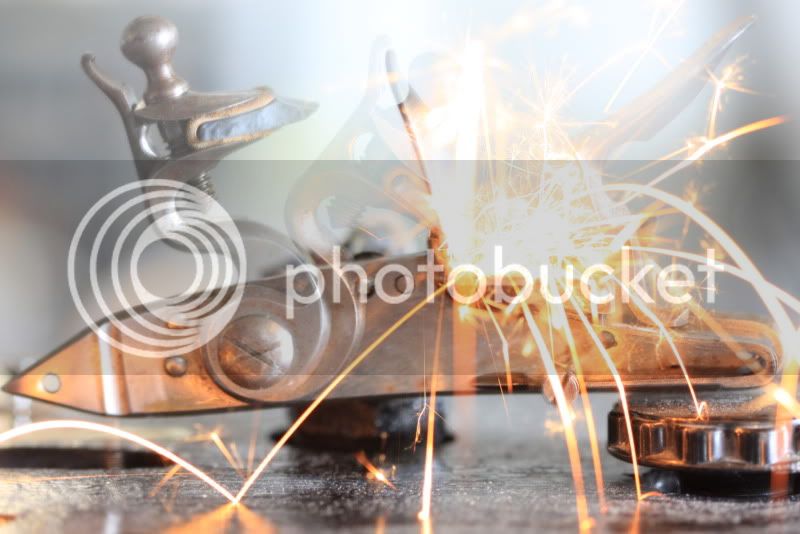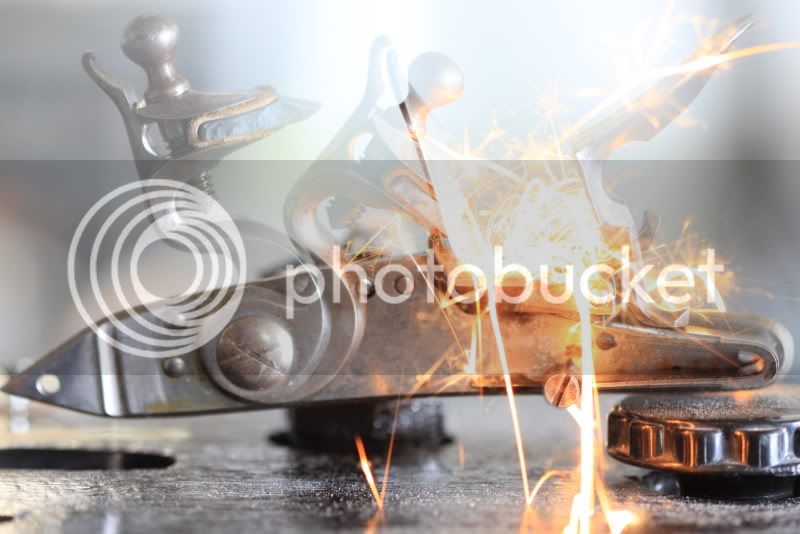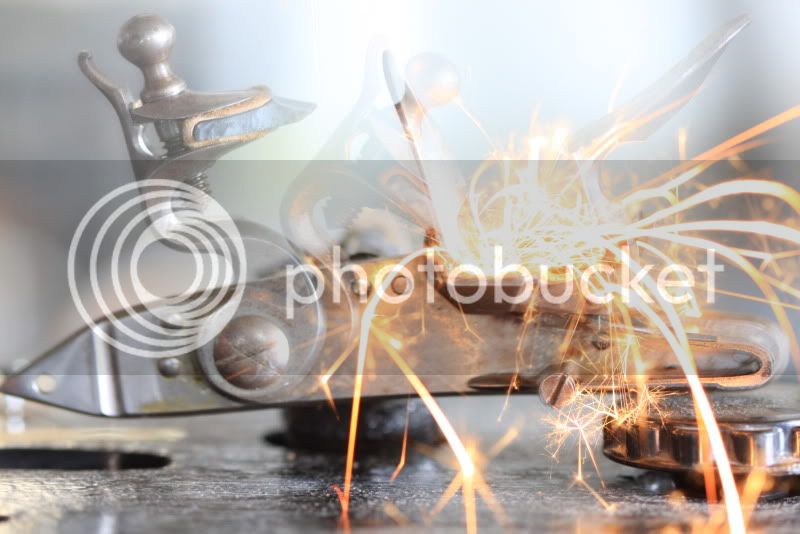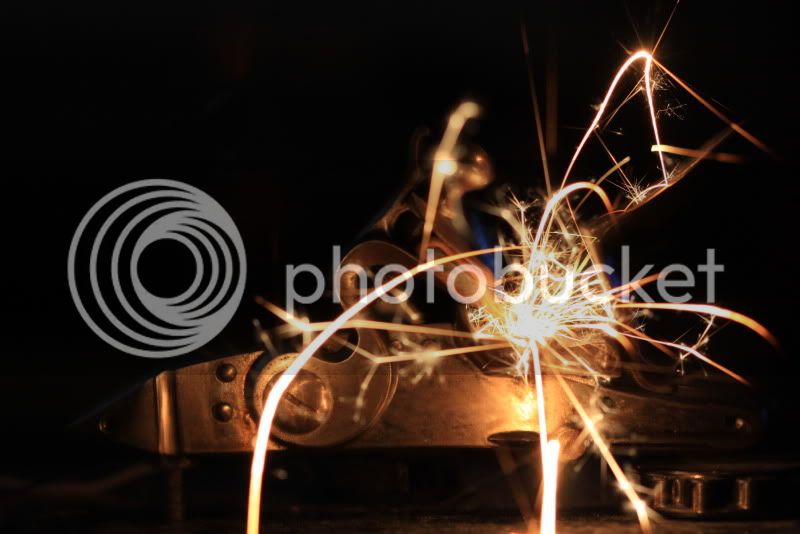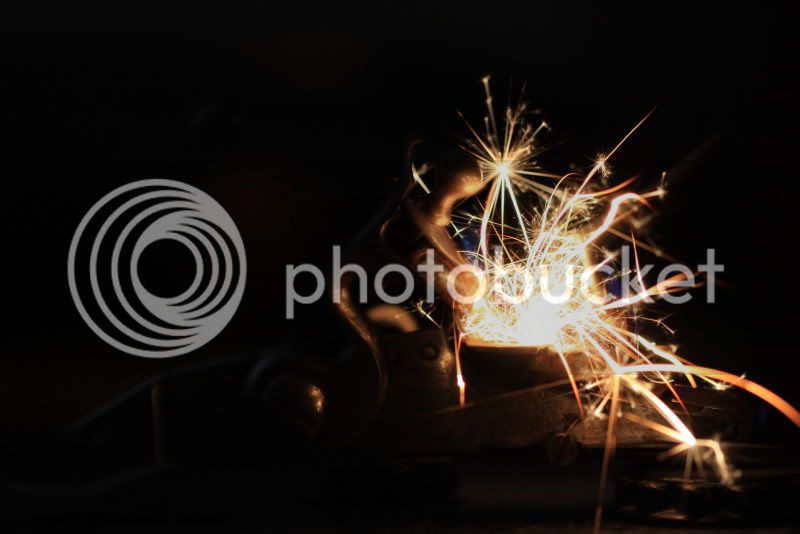All very true... what works is what to do! :haha:
But I wonder how fast the flints are wearing? Might be worthwhile to tune the lock and try a few different size flints?
Saving powder should be the last consideration. Too much powder can cause a delay, and in humid weather cause a lot of fouling. And since fowling and humidity go together, does fowling = fouling? Sorry, bad joke. :shake:
But heavy fowling is as bad as a dull flint. So less priming would be better in humid weather, provided that the gun goes off at all... the ultimate consideration. :grin:
But I wonder how fast the flints are wearing? Might be worthwhile to tune the lock and try a few different size flints?
Saving powder should be the last consideration. Too much powder can cause a delay, and in humid weather cause a lot of fouling. And since fowling and humidity go together, does fowling = fouling? Sorry, bad joke. :shake:
But heavy fowling is as bad as a dull flint. So less priming would be better in humid weather, provided that the gun goes off at all... the ultimate consideration. :grin:






